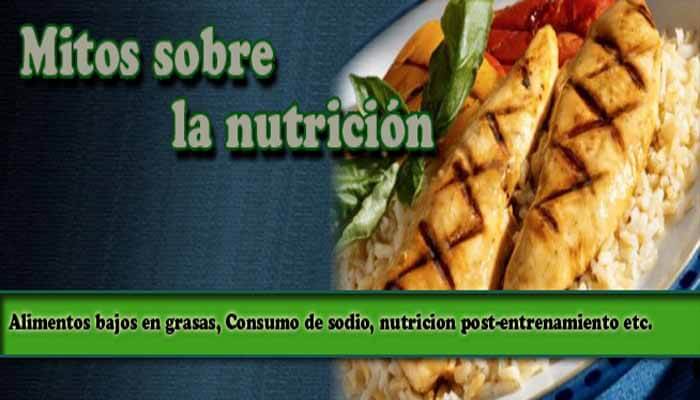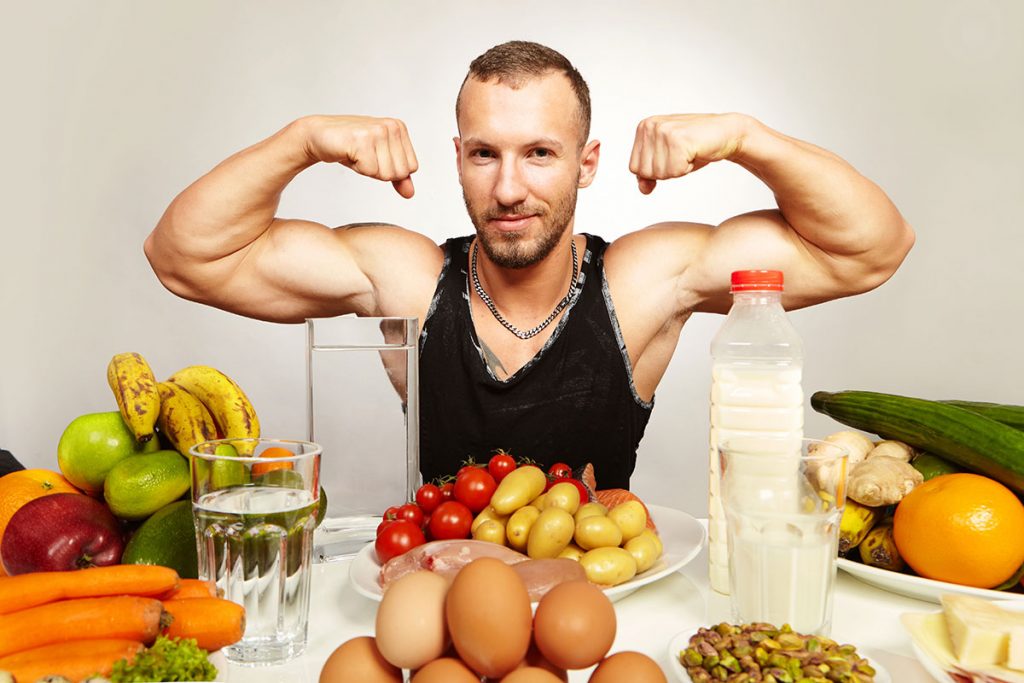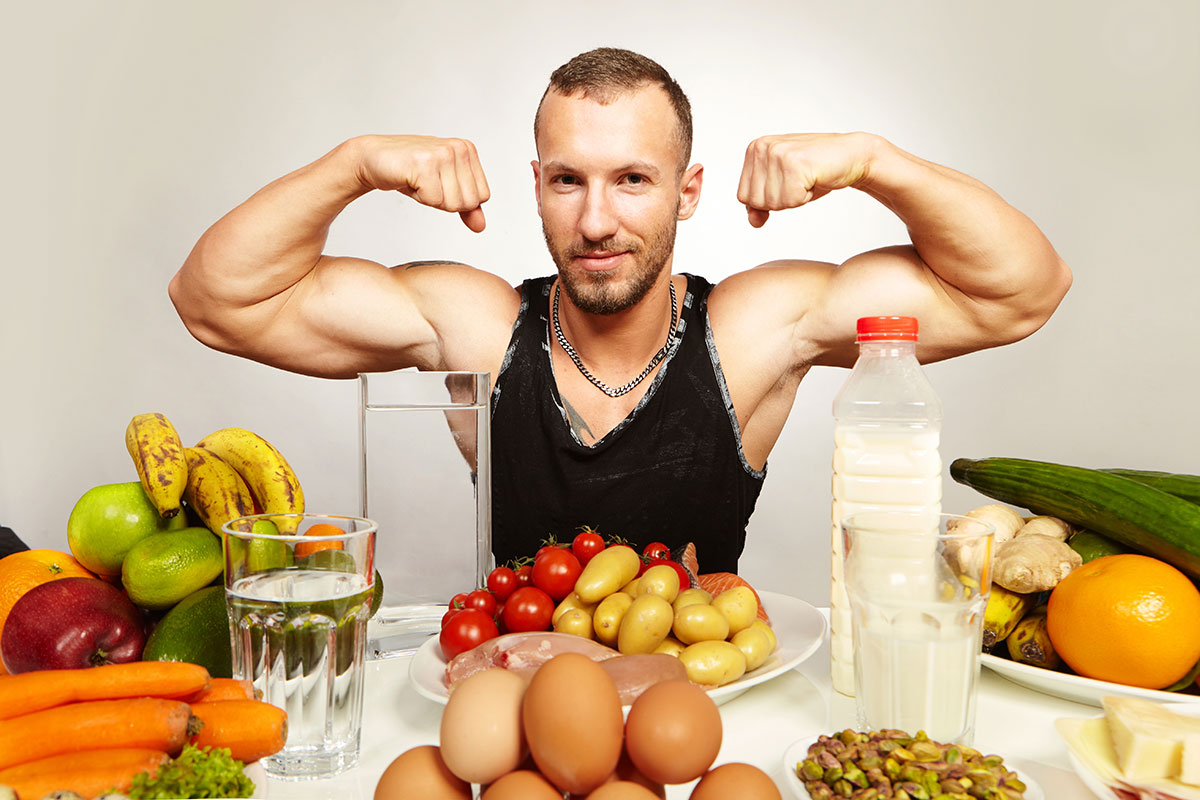When you’re on a diet, you skip the pizzas, burgers, and sweets. You only add cuts of lean chicken, tomatoes, mushrooms, bell peppers, and green leafy vegetables to your plate. Everything seems normal but what is the problem?
The problem: Your fat-free diet is costing you the absorption of fat-soluble vitamins and nutrients. According to a study in the journal Molecular Nutrition & Research Food, adding healthy fats like avocado, walnuts, or even a tablespoon of full-fat dressing helps the body absorb vitamins A, D, E, K, and other nutrients healthy for the heart.
They are also crucial for feeling full and satisfied after eating. So don’t give up fats entirely, you can have one meal a day that contains healthy fats. Remember to always count them in your calorie chart.

Myth 2 – All low-fat foods are healthy.
The low-fat processed foods that we often find in supermarkets sometimes become a problem because they are often full of sugar and refined carbohydrates, which are most closely linked to gaining fat in your body. Really, it’s a shame there is so much deception about these products.
Myth 3 – Low sodium intake is key to treating high blood pressure.
It’s true that the European and American diet is high in sodium, but when it comes to lowering blood pressure, a low-sodium canned soup meal isn’t enough to turn it the other way. In fact, many low-salt processed foods sacrifice potassium, which is key to controlling blood pressure. A study conducted last year in the Belgian journal Acta Cardiologica went further, stating that raising potassium levels could offset the harmful effects of a high sodium diet. Swiss chard, lentils, sweet potatoes, and avocados have higher levels of potassium than bananas themselves, and they all have a ton of healthy nutrients that help us when on a diet.
Myth 4 – Protein is the only essential fuel Post-Training.
Protein is a must after a heavy workout, but don’t forget about carbs. “Carbohydrates help restore glycogen.” “Glucose replacement helps you get in optimal condition for your next exercise session.” Also, you may have noticed that carbohydrate-rich foods seem to taste better after a tough training session. To get the most out of your recovery period, plan a post-workout meal with a 1: 3 or 1: 4 protein-to-carbohydrate ratio. For example: a can of tuna with rice or healthy grains, or adding a banana or two to a protein shake.
Myth 5 – Margarine is healthier than butter.
The nutritional value of many vegetables ends at the point where they turn into gelatinous cubes. Margarine and other processed butter substitutes may be plant-based, but this does not mean they are healthy. “A lot of margarine uses soybean oil, corn oil, or even cottonseed oil, which are some of the worst fats because they are inflammatory and have a high ratio of omega-6: 3 fatty acids,”
Inflammation at the cellular level is linked to many chronic diseases, so when you have a high proportion of omega 6 fatty acids, those of group 3, which are ideal for the health of the heart, arteries and blood flow- they can’t do their job well.

Myth 6 – Milk is the key to strong bones.
Milk is rich in calcium, and calcium is essential for bone health, so having a glass of milk for breakfast is the best way to make your bones strong and solid. But one of the components that milk is missing is vitamin K, which plays a very important role in maintaining bone health and preventing bone loss. Once we are fully grown adults, we need to focus on minimizing loss. Vitamin K is essential for that.
Vitamin K is abundant in dark green leafy vegetables. Kale contains 1,062.1 mg per cup. As an added bonus, most of these veggies also contain calcium. Just make sure you eat the right ones.

